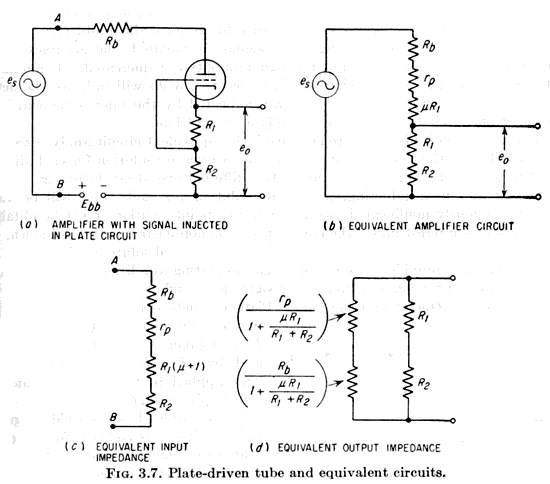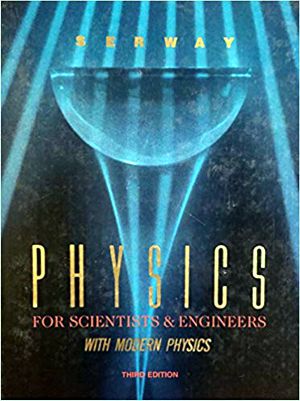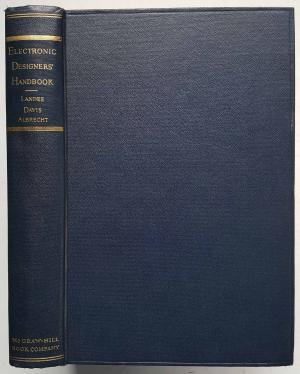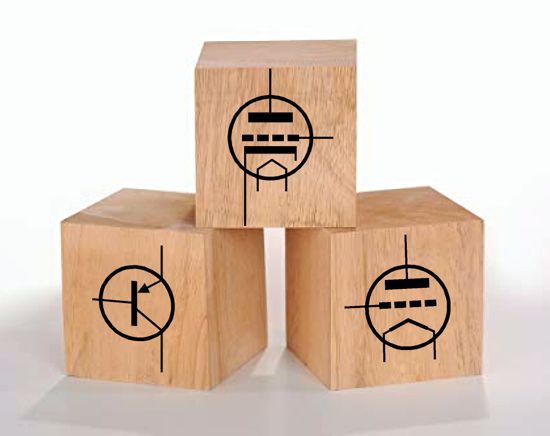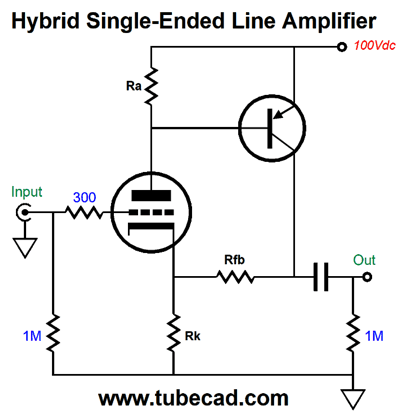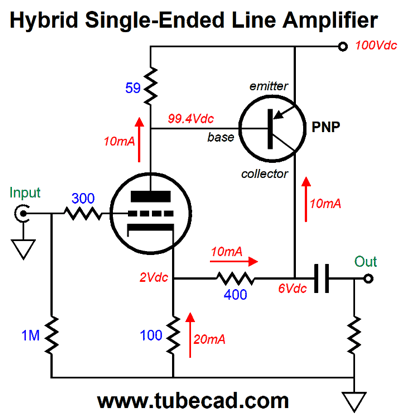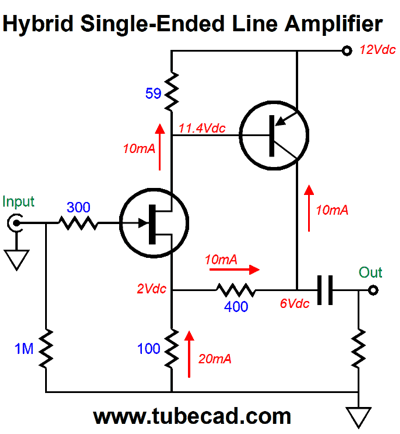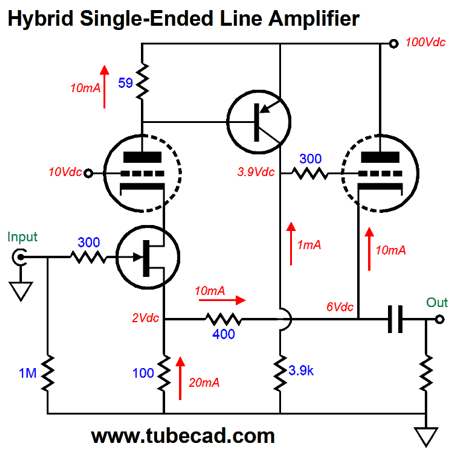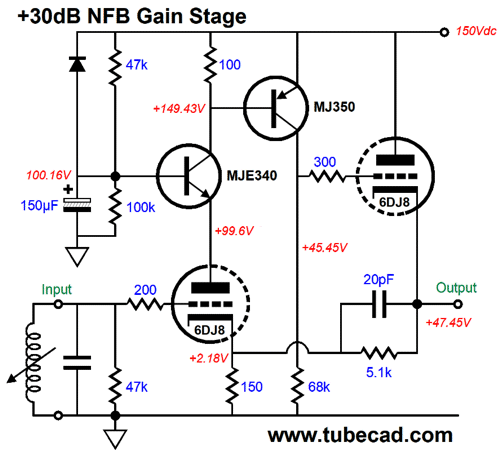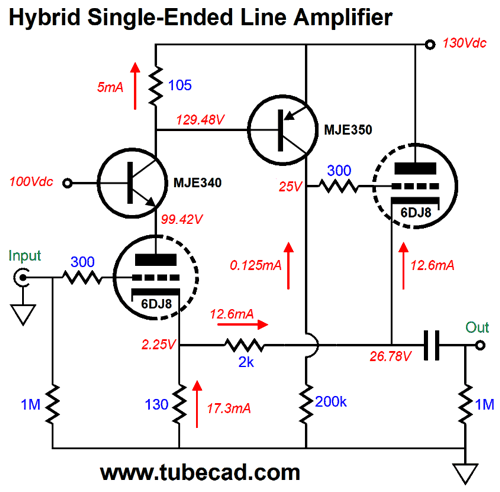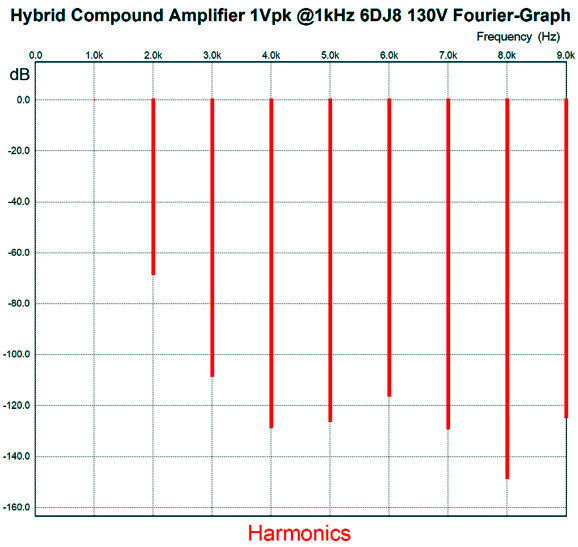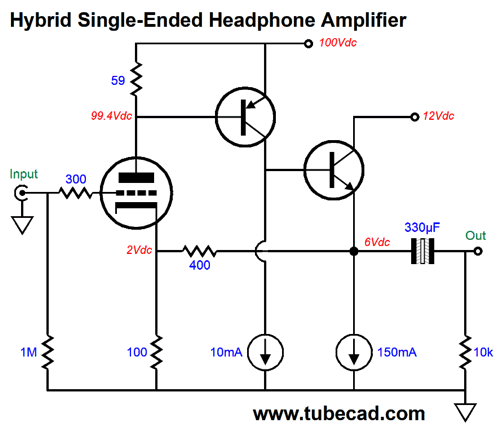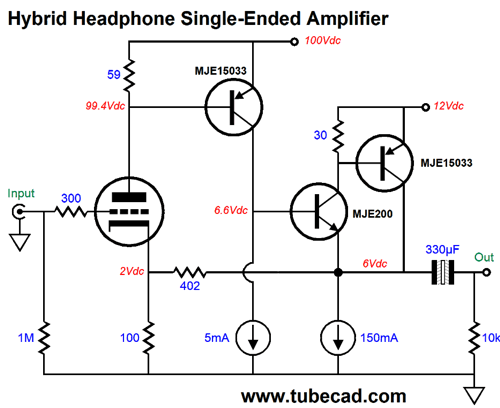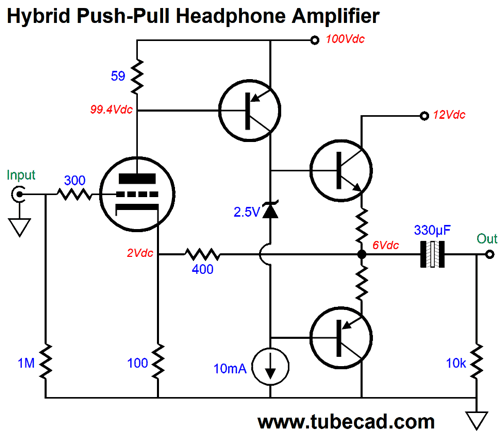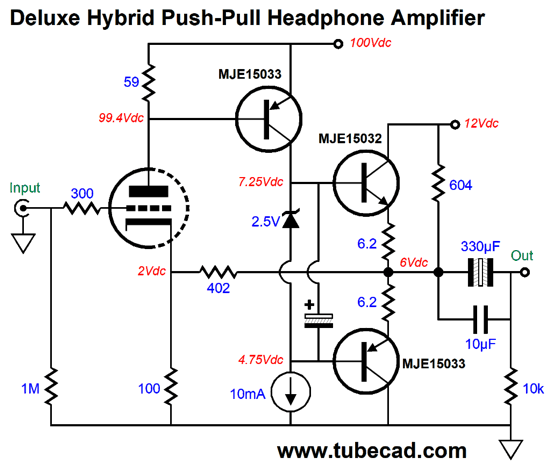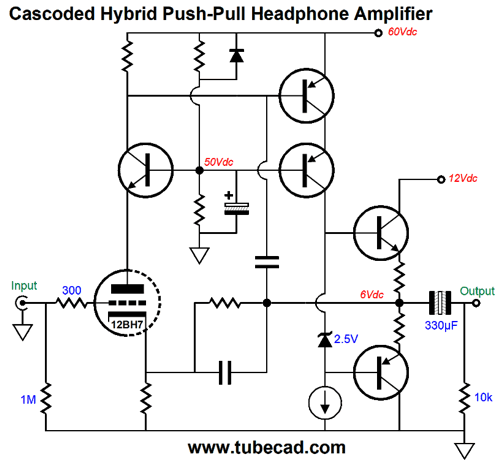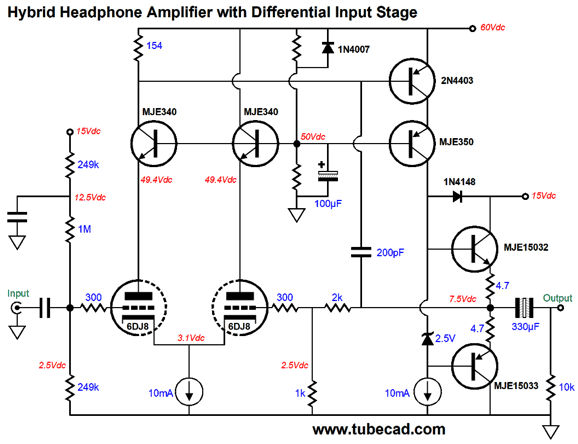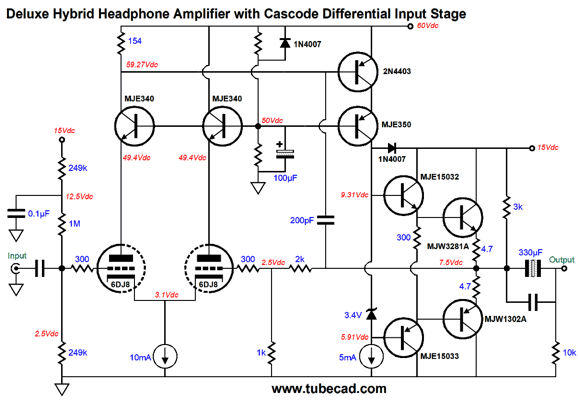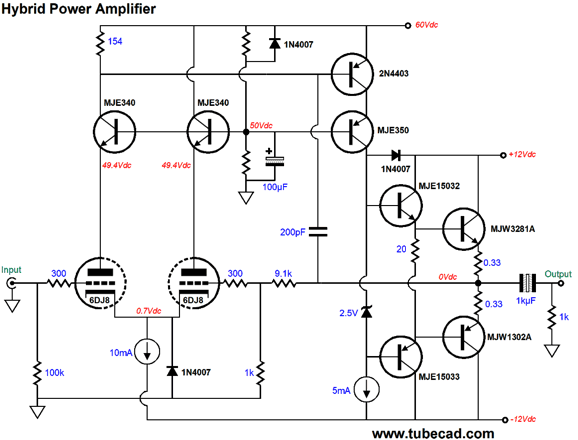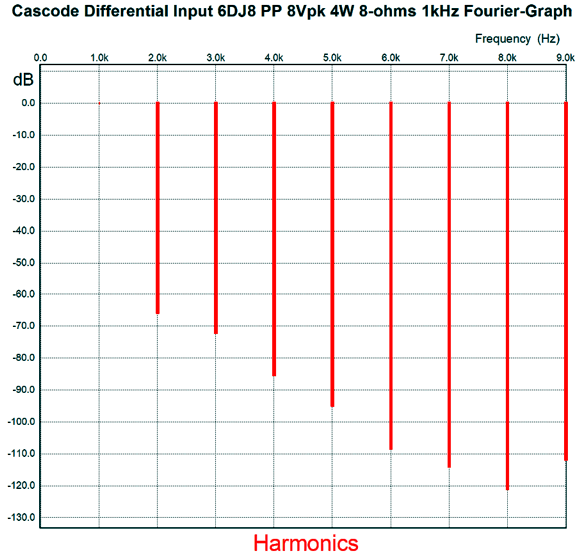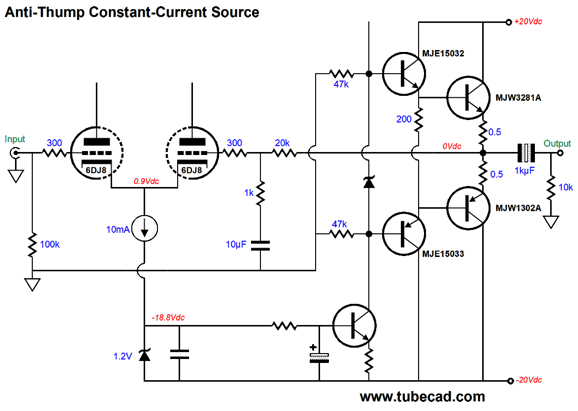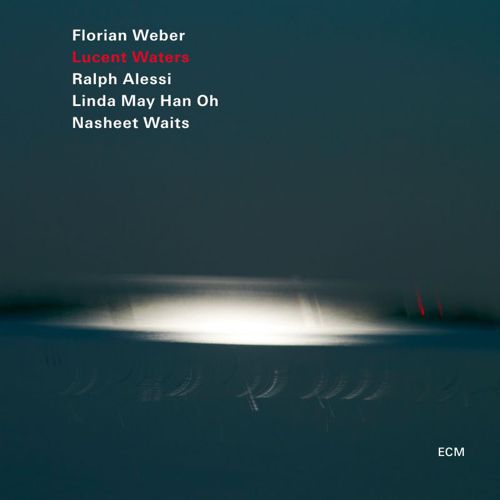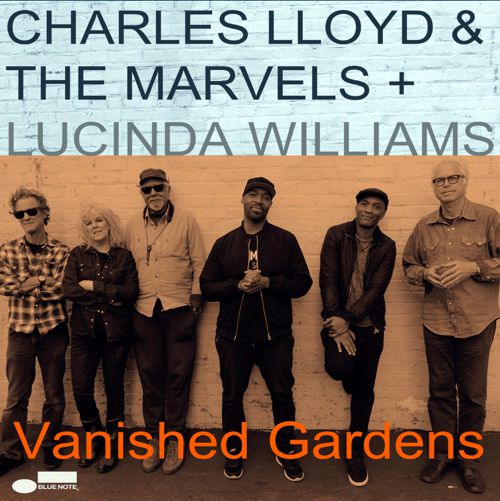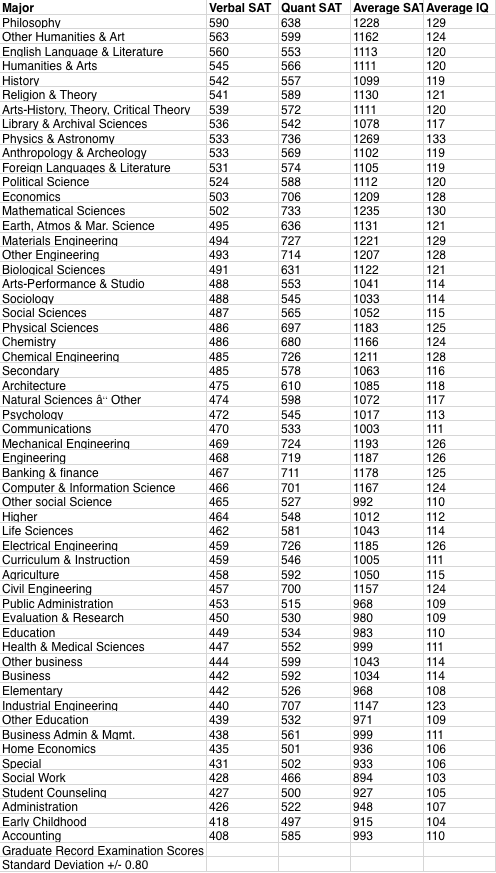| John Broskie's Guide to Tube Circuit Analysis & Design |
06 November 2018 Post Number 445
The American Radiotron
I remember wishing that I had started with this book, as it would have saved much time and effort. I am not alone in esteeming it so highly. John Atwood is a fan of it and it was he who said to me long ago, "You know, John, in many ways it's the American equivalent to Smith's Radiotron Designer's Handbook." The key to both books' appeal and usefulness is found in their title's phrase, "Designer's Handbook." Handbooks and textbooks are not the same, as they were written to serve different purposes. Textbooks, in general, disappoint. The fatter the textbook, the greater the disappointment. We might naively imagine that a textbook's sole purpose to be the efficient transmission of knowledge. If that were so, however, then textbooks would be better written and more informative—both goals, however, run counter to why a textbook is really written. One of the secret goals in writing a textbook is flatter: self-flattery for the author(s) and flattery for the students, instructors, teachers, professors, and the academic discipline itself. Each field of study flatters itself in believing that its subject matter is the most abstruse and complex, which can only be comprehended by the most brilliant minds. Thus, a clear, well-written textbook could only deflate some of the smug unjustifiably high opinion of the discipline and its teachers and students. Few fields of inquiry, however, demand truly brilliant minds. And the most demanding discipline, Physics, needs little fluffing, which results in a paradox of sorts: physics textbooks are often the best written, most lucid, and, strangely enough, the most humane textbooks. A good example, is Raymond A. Serway's textbook, Physics for Scientists & Engineers. In spite of 1444 pages, no empty jargon, no self-flattering convoluted sentences are found inside; just well-written prose, formulas, and illustrations, with sprinkling of honest-to-god essays that are worth reading.
In contrast, the most difficult to read textbooks are found in disciplines such as Communications, Education, Environmental Studies, Human Resources, Journalism, Psychology, Sociology, and Women Studies—basically any field that ends in "studies" is suspect from the start. If you are lucky enough to have never read a jargon-filled textbook from one of these disciplines, you are indeed lucky. Richard Lanham pointed out that:
But even physics and electronics textbooks often suffer from an additional purpose: homework fodder. The dreaded questions at each chapter's end. Often, the most interesting parts are left for the student to workout out on his own. For example, the SRPP circuit appears in Samuel Seely's textbook, Electronic Circuits, but it shows up at the end of a chapter in the student question section, apparently Seely thought the circuit as being so simple that a first year electrical engineering student could workout the details of its operation. In contrast, a handbook has a different goal: it aims to be useful; period. If you need to design a third-order, Bessel, high-pass filter at 170Hz, you do not need to know about active filter history or a survey of the many varied applications such filter finds in electronics; you just need the topology and formulas.
Both the Electronic Designers Handbook and the Radiotron Designer's Handbook, thus, are short on theory and long on practical design examples. The former is only half as thick as the latter; and the American Electronic Designers Handbook was written in 1957, compared to the Radiotron's 1952 date, which helps explain why the Radiotron only mentions transistors once in a short paragraph, while the Electronic Designers Handbook devotes 25 pages of its second section inclusively to their operation and transistor-based circuits appear through the remaining sections. Sections three and four and fifteen (voltage amplifiers, power amplifiers, power supplies) will prove the most useful to us tube-loving folk. Some will find the next three sections, which deal with filters, attenuator and equalizers, principles of feedback, also worth reviewing. Actual hard copies of the book sell for as little as $16 on eBay and a PDF version can be downloaded for free from www.tubebooks.org Study American, be American.
Hybrid Circuit Building Block
Amazingly simple isn't it? The triode accepts the input signal at its grid and PNP transistor strives to maintain a constant-current draw through the triode, which results from the transistor's collector current being returned to the triode's cathode. For example, if the triode sees a positive grid voltage, the triode will conduct more current, which will increase the voltage drop across the plate resistor, which in turn will prompt a huge increase in current flow through the transistor, which will ultimately increase the voltage drop across the cathode resistor, bringing the triode's current flow back to its idle value. The result is the amplification of the input signal at the output. The larger in value that resistor Rfb is, the higher the gain.
This same topology can be implemented with a FET or a depletion-mode MOSFET and a PNP transistor or P-channel MOSFET.
Note the 12V B+ voltage. If bigger output voltage swings are needed, we can cascode the first stage.
The two-resistor voltage divider that supplies the 10Vdc bias voltage for the cascode triode isn't shown, but it is simple enough. An additional part that is not shown might prove essential, namely a capacitor from the PNP transistor's base to the output. This capacitor might be needed to ensure stability at ultra-high frequencies. By the way, note the relatively low B+ voltage used, the result of using the PNP transistor stage, which effectively halves the needed B+ voltage. Back in post 424, I showed the following circuit for the first stage of a phono preamp.
Instead of a FET, we use a triode. If want less gain, say for a line stage, then we need only alter the negative-feedback resistor value.
The gain comes in at 15 (+23.5dB). Note the drop in B+ voltage from 150V to 130V; also note the 200k collector resistor in place of the 68k resistor. The cathode follower runs a hot 12.6mA, which will burn off interconnect capacitance. The THD at 1Vpk at 1kHz is below 0.1% in SPICE simulations.
Now, if we need a heftier current delivery, we can add a single-ended unity-gain output buffer stage, as shown below.
The PNP transistor drives the NPN transistor, which is loaded by the 150mA constant-current source. As the buffer stage runs in class-A, the constant-current source auto-biases the NPN power transistor. The power transistor and constant-current source will each dissipate 0.9W at idle. The peak output voltage swing into a 32-ohm load is 4.8Vpk, which translates into 360mW. If we want to get extra fancy, we can augment the NPN transistor with a compound PNP transistor, which is enslaved to the NPN transistor. While the distortion and output impedance will drop, the stability may worsen with this modification; be warned.
A constant-current-source loaded output stage's maximum theoretical efficiency is only 25%. By switching to a push-pull, class-A output stage, the theoretical maximum efficiency climbs to 50%.
The 2.5V zener or IC voltage reference sets the bias for the output transistors and the device can be bypassed by a capacitor. (If you use an IC voltage reference, such as the TL431, be sure to read the data sheet carefully, as the IC might exhibit a range of unsuitable bypass capacitance that leads to instability.) We can get bit more fancy by adding a film bypass capacitor to the non-polarized electrolytic output coupling capacitor and by adding the extra resistor that bridges the output to the 12V power-supply rail.
This additional resistor simply balances the current drawn by the negative feedback resistor. The next step towards fancy and complexity is to cascode both the triode and the PNP transistor, which will both extend the bandwidth and improve the PSRR.
The high-voltage NPN transistor in cascode with the triode will shield the triode's plate from the power-supply noise. The high-voltage PNP transistor in cascode with the topmost PNP transistor shields the top transistor from high-voltage, so we can use low-noise, low-voltage transistor, such as the 2N4403. What if we wish fancier still, we can use a two-triode differential input stage.
Note the input coupling capacitor and the DC bias voltage presented to the input grid. These were required to give the solid-state constant-current source more voltage to work within. Also note how the negative feedback loop auto centers the output stage to half the 12V power-supply rail voltage. The diode is a safety device that limits the maximum positive base voltage that the output NPN transistor sees. The 200pF capacitor is all that was needed in SPICE simulations to improve the high-frequency stability. All in all, this is a sweet hybrid headphone amplifier. The only other improvement that readily comes to mind is to add a driver stage to the output stage, as it will greatly unload the transistor-based second stage.
This is the output stage configuration used in many transistor-based power amplifiers. Indeed, a pair of the output transistors specified are good for at least 50W of output in a class-B power amplifier. In contrast, this amplifier is meant to drive relatively high-impedance headphones, say from 32-ohms up, rather than 8-ohm loudspeakers. We get away with such a high idle current due to the low B+ voltage for the transistor output stage, only 12Vdc. Well, what if we wish to drive loudspeakers, not headphones?
Note the bipolar power supply and the crazy low 20-ohm emitter resistor between the MJE15032 and MJE15033 driver transistors. Why so low? Lower distortion, lower with more of a single-ended cascade of harmonics.
The driver transistors work hard and idle at a high current with the 20-ohm resistor in place of the usual 200 or 300-ohm resistor. But with the relatively low power-supply rail voltages, just +/-12Vdc, we can get away with it. (By the way, long ago, I designed and built a low-power solid-state power amplifier that used a similarly heavy driver current. A friend of mine who was both an electrical engineer and a classically trained violinist thought the amplifier displayed the sweetest high-frequencies from any solid-state amplifier he had ever heard; he did, however, find the bass wanting, but then the amplifier only put out 20W. Well, he was keen to build one himself. I gave him a copy of the schematic and he later called me to complain of a schematic typo. No typo. I had purposely run more idle current through the driver stage transistors than through the output transistors. Why? Sweeter sound. He was appalled. He explained that I couldn't run more current in the driver stage than the output stage. I countered that I could and that I, in fact, had and that he loved the results. Alas, this was conceptually too much for him and he abandoned the project. He thought it as perverse and depraved as a charity spending more on a fundraiser than it actually yielded from the event. SPICE was being born back then, so it could not be used to reveal that the situation inverted at full output, as the output stage would draw far more current than the driver stage.) Okay, since we are using a bipolar power supply, why is the output still capacitor coupled? The answer requires only one word: safety. If the tube is missing from its socket or defective or just cold at start-up, the output will swing to the negative power-supply rail voltage. Not good. Passing DC current is never good for a woofer. One possible workaround is to make voltage-amplification stage (VAS) constant-current source dependent on the triodes conducting current.
Note that if the tube is missing from its socket, no current will flow through the 1.2V voltage reference, so in turn the VAS constant-current source will not conduct any current, nor shall the topmost PNP transistor, as its base-to-emitter voltage will be zero. The two 47k resistor that terminate into ground will work to keep the output stage centered near ground potential. The RC filter that feeds the VAS constant-current source its reference voltage is there to slow the source's current ramp up, which ideally should match the tube's warm-up current ramping. If after much measuring and tweaking and after we find the output voltage not thumping about, we can think about removing the output coupling capacitor. Another workaround would be to use a relay that only connects the loudspeaker to the output when the DC offset is gone and the power is on; at turn-off, the relay would instantly open, leaving the loudspeaker safe. The whole point to this endeavor was to show how a simple basic building block could expand to create a truly complex circuit.
Music Recommendation: Florian Weber's Lucent Waters I don't Believe that I have mentioned Vanished Gardens by Charles Lloyd & The Marvels, and Lucinda Williams. In sharp contrast, this is an American-Jazz album. Indeed, it manages to import a healthy country-music vibe into may of the tracks, which works! I would have bet against, due to prejudice, although I do like quite a bit of country music, particularly the older stuff, when only street engineers and loudspeaker designers had heard of crossover. I have listened to this album at least ten times now and it still sounds new. Once again. Tidal offers this album in Master format (MQA).
//JRB
*Richard Lanham As for heavily-flufffed college majors, the following graph from Quora.com prove iluminating. What surprises me about the next graph is that Accounting came in at the bottom, not where I would have placed my bet.
https://www.quora.com/What-college-majors-have-on-average-students-with-the-highest-IQ In terms of male-to-female preferences in college majors, here is this graph from collegefactual.com. Note the absence of Physics, so I searched elsewhere for the answer. According to bachelorsdegreeonline.com, Physics came in at 89% male and 91% for Electrical Engineering.
If you enjoyed reading this post from me, then you might consider becoming one of my patrons at Patreon.com
User Guides for GlassWare Software
For those of you who still have old computers running Windows XP (32-bit) or any other Windows 32-bit OS, I have setup the download availability of my old old standards: Tube CAD, SE Amp CAD, and Audio Gadgets. The downloads are at the GlassWare-Yahoo store and the price is only $9.95 for each program. http://glass-ware.stores.yahoo.net/adsoffromgla.html So many have asked that I had to do it. WARNING: THESE THREE PROGRAMS WILL NOT RUN UNDER VISTA 64-Bit or WINDOWS 7 & 8 or any other 64-bit OS. I do plan on remaking all of these programs into 64-bit versions, but it will be a huge ordeal, as programming requires vast chunks of noise-free time, something very rare with children running about. Ideally, I would love to come out with versions that run on iPads and Android-OS tablets. //JRB |
John Gives
Special Thanks to the Special 69
I am truly stunned and appreciative of their support. In addition I want to thank
All of your support makes a big difference. I would love to arrive at the point where creating my posts was my top priority of the day, not something that I have to steal time from other obligations to do. The more support I get, the higher up these posts move up in deserving attention. Only those who have produced a technical white paper or written an article on electronics know just how much time and effort is required to produce one of my posts, as novel circuits must be created, SPICE simulations must be run, schematics must be drawn, and thousands of words must be written. If you have been reading my posts, you know that my lifetime goal is reaching post number one thousand. I have 555 more to go. My second goal is to gather 1,000 patrons. I have 931 patrons to go. Help me get there.
Support the Tube CAD Journal & get an extremely powerful push-pull tube-amplifier simulator for TCJ Push-Pull Calculator
TCJ PPC Version 2 Improvements Rebuilt simulation engine *User definable
Download or CD ROM For more information, please visit our Web site : To purchase, please visit our Yahoo Store: |
|||
| www.tubecad.com Copyright © 1999-2018 GlassWare All Rights Reserved |

